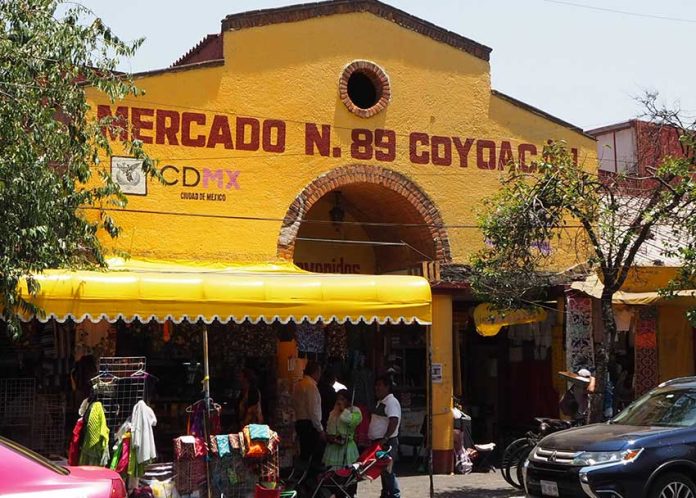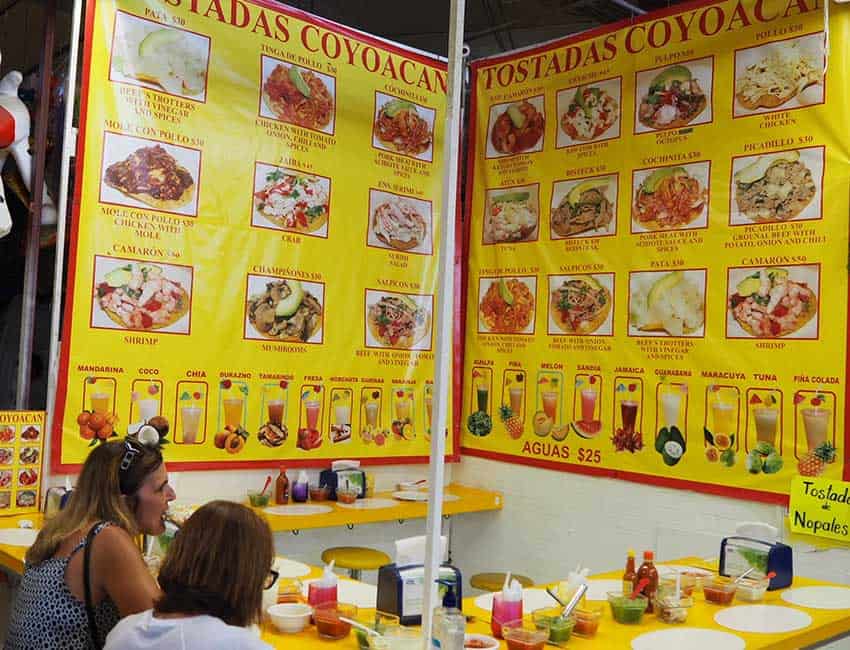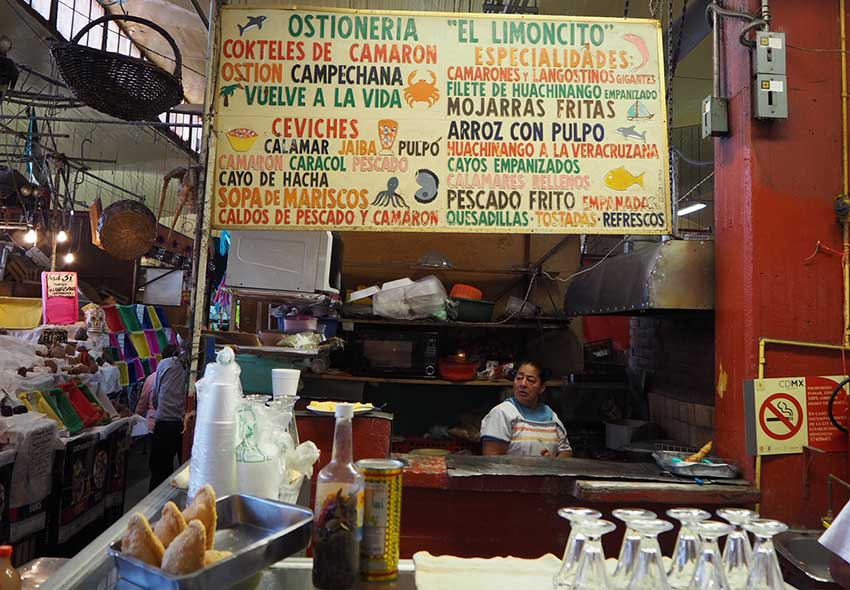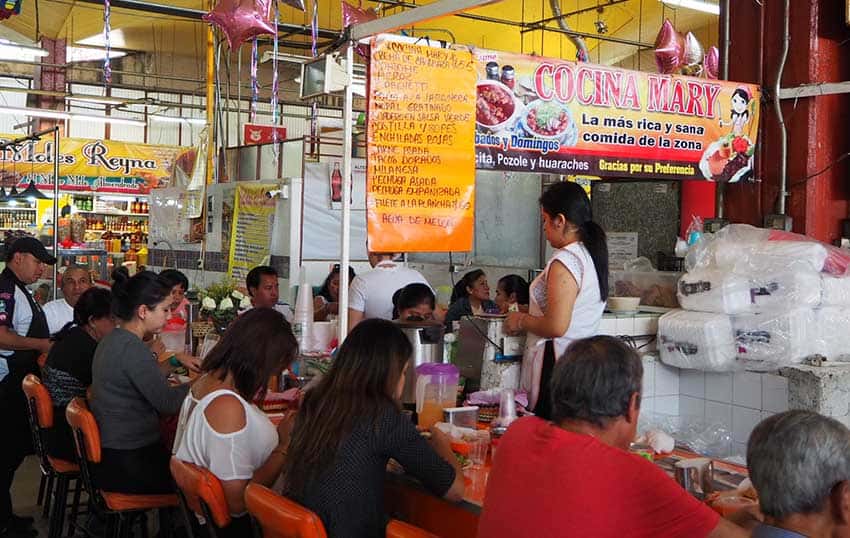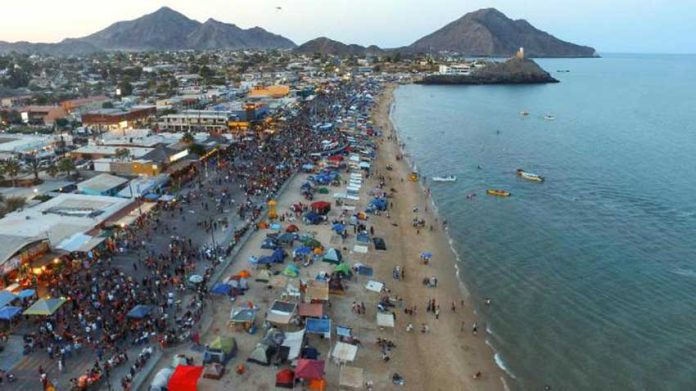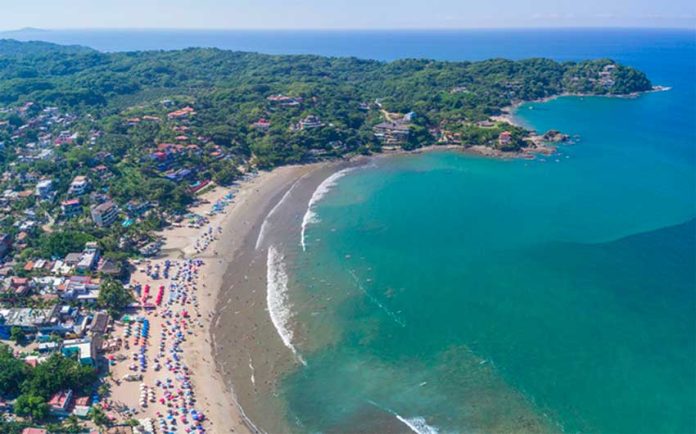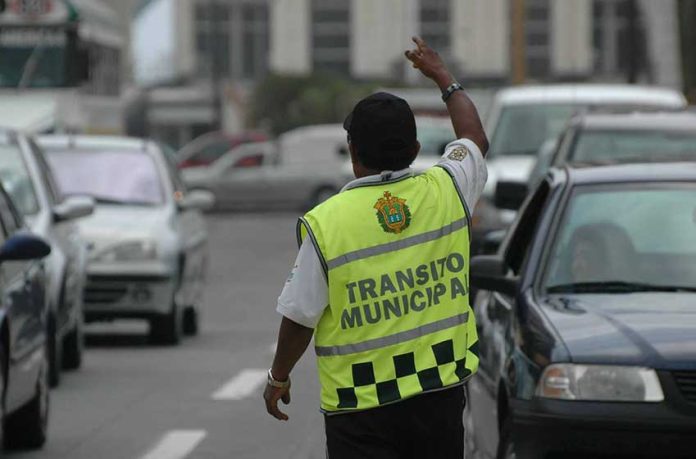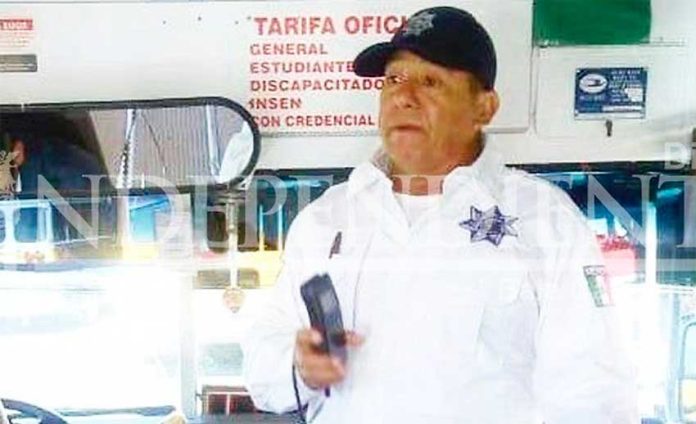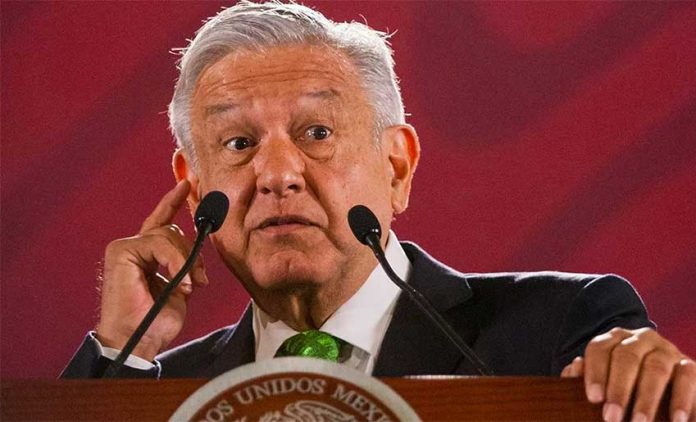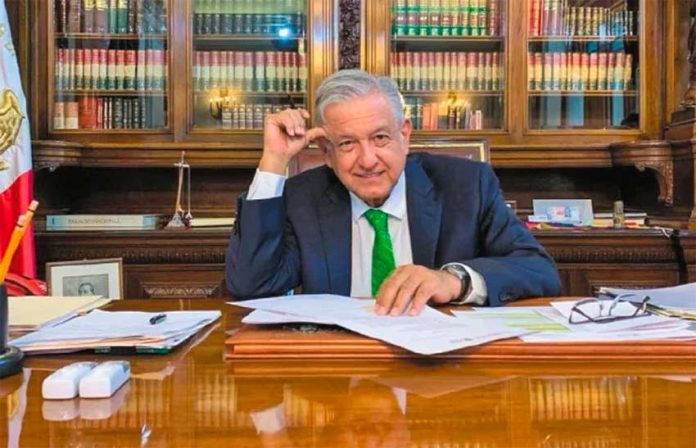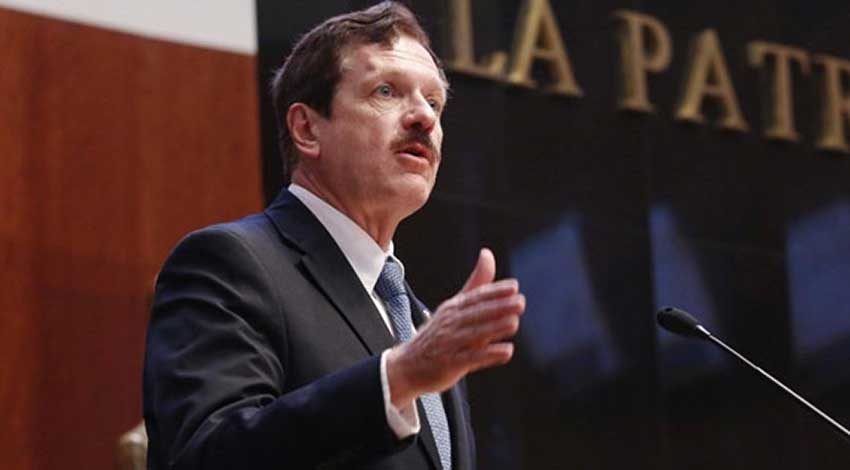The recent article about the increased number of accidents in Jalisco stuck out for me, as I have long maintained that many car accidents in Mexico are caused not by bad drivers but by poor infrastructure paired with a lack of authority to keep “deviant” drivers in line.
In many places in the world, cities, businesses or homeowners can get sued for not setting up everything properly from the start, and the potential for human error is the basis from which design begins.
If someone has an accident it could very well be the fault of the environment and I’ll admit, I’m partial to this way of thinking: you set things up in the first place in such a way that it makes the right choice the most obvious and easiest thing to do.
In Mexico it seems to be the opposite: perfection, or even accommodation in the urban environment is not expected anywhere.
This leads to scenes both comical and sad like a 45-degree wheelchair ramp from a sidewalk that has no way for a wheelchair to get on to it in the first place, or scary, like a curvy part of the high-speed road on my way home that appears to narrow to one lane but in fact doesn’t.
I mean really, it’s like they’re trying to give people heart attacks!
I’ve recently started driving regularly again after about an eight-year hiatus — a standard shift in a mountain city (the hills are a big change from Querétaro, the last place where I drove consistently) — and most of my close calls haven’t been from my lack of recent experience or control of the car.
They have come as a result of cars being where they shouldn’t: parked on a corner, stopped in a regular lane on a curve or at a four-way stop with no stop signs or indications for anyone from any direction on how to proceed.
Just today I got to maneuver around some ground-up pieces of pavement about a meter in diameter, with a stick with a Coke bottle on it poking out from the middle of the pile, presumably (?) to make it easier to see from a distance.
I don’t like driving, even in relatively calm cities of the United States, but it’s just a necessary thing now, and I want my kid in her car seat instead of flailing about in a speeding bus or taxi with no seatbelts.
One doesn’t need to take a test to get a driver’s license in my state, and sometimes I wonder how many people on the road have actually been taught to drive formally, or are even aware of traffic rules generally.
I have met exceptionally kind and gentle people with whom I later felt sure my life was about to end while a passenger in their car. When I’m driving, I imagine aggressive drivers as aggressive people in general, but what if they really do believe that there’s nothing wrong or dangerous about tailgating, passing on the right or speeding through intersections without checking the cross streets?
Don’t they at least care about their lives and cars? Is the possibility that drivers are ignorant of the rules more or less scary than the fact that they’re just choosing to ignore them?
My main theory — other than the lack of good traffic infrastructure — is that a lack of a driving school culture means there’s a lot more variety in terms of what people believe they can and should do while driving.
I took a driving class in Querétaro when I was gearing up for Mexico driving for the first time. It was small, and my instructor was kind of mean. Most people just learn from whomever is willing to teach them, and a few people quite literally just hop in the car and teach themselves.
One significant thing that U.S.-style driving school teaches you is all the horrible ways there are to die in a car. Most Mexicans are never forced to watch these awful videos at a young and impressionable age, so don’t always bother with annoying things like seatbelts, for them or their children.
Even in my sensitized, educated Mexican family, everyone kind of rolls their eyes at my insistence that my kid be in her car seat, and I regularly see children standing up while their parents drive at school drop-off. Truly, it’s as if everyone has been cosmically assured that they will never be maimed or killed in a car accident.
Of course, I must mention the gender gap as well. It’s still assumed here that women are naturally terrible drivers. A common phrase I’ve heard when someone makes a dumb mistake while driving is “Tuvo que ser mujer!” (It had to be a woman!).
I have certainly seen terrible female drivers here: the ones in nice, expensive SUVs are particularly noticeable for their flashy cars and fatuous behavior. But I’ve seen plenty of awful male drivers as well, and people seem to just not notice them, or they chalk it up to gender-appropriate aggressiveness rather than simply a lack of skill or care.
One friend told me that she thinks women are more unsure in the car because people don’t really bother to teach them properly. This could be, but being hesitant in a car (in my opinion) is a lot better than being aggressive and risk-taking.
Plus, I’ve looked up the data: over 90% of car accident death victims are men, and I think it’s doubtful that women backing out of their parking spaces too slowly and awkwardly are the cause of all those accidents.
My other theory is that the general absence of the rule of law and in particular, the absence of an effective transit authority, undermines the traffic rules that exist. Xalapa used to have transit police, but they were all fired for corruption after the bloody governorship of an unnaturally energetic guy named Fidel.
They’ve since started adding some transit police, but so far I haven’t seen them do anything besides drive around and honk at people that are parked on the street where they shouldn’t be. Now that I think about it, I haven’t seen one in months!
Because of this absence, most people are pretty sure they can speed, cut others off and run red lights with impunity, and mostly they can do exactly that.
In the U.S. we groan about all the ways people can get pulled over, but hey – people living in fear of tickets means people who mostly obey the law, at least if they think some traffic authority might see and ticket them.
Others aren’t inherently better drivers (indeed, I think Mexicans overall are more skilled because they’ve literally got to be ready for anything on the road), they just have legal and monetary reasons to not be caught misbehaving.
Driving here, particularly in my city (I’m told) is like playing a video game, and dare I say, can even be fun: don’t the proximity of randomly-moving masses and the narrow escapes just make you feel more alive?
There are potholes (new and old) everywhere, asphalt that gets slick in the rain and randomly-placed topes (speed bumps, because with no transit police around it’s the only way to get people to slow down) that aren’t painted or visible from more than a couple of meters away.
The main way in which it differs from a video game, of course, is that you only get one life. Be careful out there, and remember: too many people are driving as if they’d been promised by the gods that nothing bad would ever befall them while in or around a car, so drive accordingly.
Sarah DeVries writes from her home in Xalapa, Veracruz.

